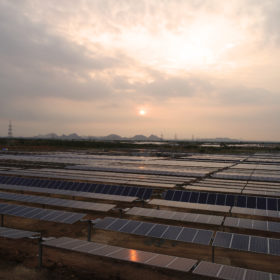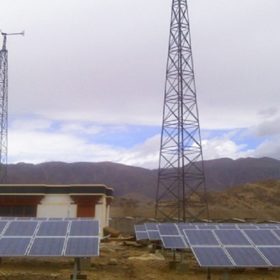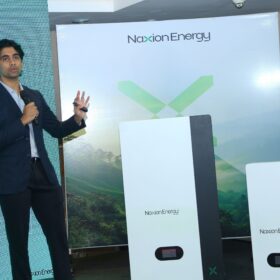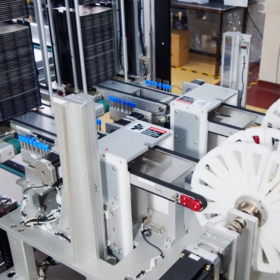Avaada raises Rs1000 crore to fund its 2.4 GW solar projects
Avaada Energy has raised the funds from the Asian Development Bank and European development institutions. The PV developer will use the amount to finance 2.4 GW of the 5 GW of solar capacity it hopes to secure over the next two years.
Suzlon sells two more solar subsidiaries to Ostro Energy
Suzlon Energy is selling Shreyas Solarfarms and Aalok Solarfarms to Ostro Energy—a wholly owned subsidiary of independent power producer ReNew Power—for Rs 19.87 crore and Rs 9.93 crore, respectively.
PTC Financial joins USICEF initiative to fund distributed solar projects
Infrastructure finance provider PTC India Financial Services (PFS) has partnered with U.S.-India Clean Energy Finance (USICEF) initiative to fund the most promising, investment-ready distributed solar projects in India.
Financing key to scaling up SME rooftop solar in India — Deloitte
The Micro, Small and Medium Enterprises (MSME) sector is expected to make a significant contribution to India’s rooftop PV target of 40 GW by 2022. However, a range of issues — including low public awareness, the scarcity of low-cost financing and the need for rooftop aggregation models — must be addressed before rooftop solar can be aggressively scaled up, according to a new report from Deloitte and the Climate Investment Funds (CIF).
Suzlon sells two solar arms to CLP India
Suzlon Energy sold to CLP Wind Farms its majority stakes in SE Solar and Gale Solarfarms for Rs 76.55 crore and Rs 22.54 crore, respectively. It had set up these subsidiaries, in partnership with CLP India, for a 100 MW solar project in Telangana and a 50 MW project in Maharashtra.
EXIM Bank to finance 35 MW solar projects in Congo
The Democratic Republic of the Congo will use the amount for installation of three solar PV power projects with a total capacity of 35 MW in the three provinces of Karawa, Mbandaka and Lusambo.
ADB to invest $50 million in solar project developer Avaada
With the current equity investment, Avaada—which has secured power purchase agreements of about 1,700 MW—is well funded to exceed capacity of 2 GW.
Solar Park Scheme changes set to drive up India solar power prices
The Ministry of New and Renewable Energy has addressed complaints by solar developers about a lack of power evacuation infrastructure by changing its solar park guidelines. Under the new rules, though, developers are likely to incur higher costs.
FAME-II: Inter-ministerial panel set up for electric mobility projects
The committee is constituted for overall monitoring, sanctioning and implementation of the scheme, according to an order of the Department of Heavy Industries.
2 GW solar with VGF support tendered for state-run power generators
As part of the viability gap funding scheme for 12 GW of new solar, SECI has invited bids for setting up of 2 GW of grid-connected solar PV projects. The projects, to be developed on ‘build, own, operate’ basis, can be located anywhere in India for self-use or use by government entities at maximum fixed tariffs of Rs 3.50/kWh. The deadline for bid submission is May 3.













